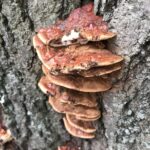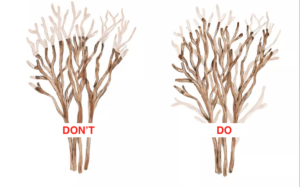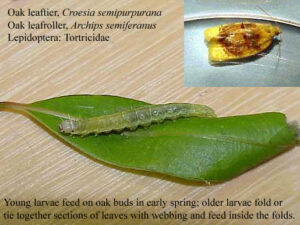 Tree Care Misconceptions: 6 Common Myths
Tree Care Misconceptions: 6 Common Myths
When it comes to caring for our beloved trees, it’s essential to have accurate information and dispel common misconceptions that can potentially harm their health and well-being. Trees provide us with numerous benefits, from shade and beauty to environmental sustainability. However, there are several widespread tree care misconceptions and misunderstandings surrounding tree care that can lead to ineffective practices or even unintentional damage. In this blog, we aim to debunk some of the most common misconceptions about tree care, providing you with reliable information and empowering you to make informed decisions when it comes to nurturing and preserving your trees. Let’s separate fact from fiction and ensure our trees receive the proper care they deserve.
1. Cutting More Of The Tree Adds More Value
Truth: It is important to exercise caution when pruning trees, as removing excessive amounts of foliage or limbs at once can have detrimental effects on their health. Pruning too much at a time can cause stress to the tree, leading to issues such as decreased vitality, structural weaknesses, susceptibility to pests, and increased vulnerability to diseases. One particularly harmful pruning practice to avoid is known as “topping,” which involves the indiscriminate removal of large branches or the entire canopy of a tree. Topping is an outdated and harmful technique that can ultimately result in the death of the tree. It is advisable to consult with a professional arborist who can provide proper pruning guidance and ensure the long-term well-being of your trees.
2. Water Is Good And More Water Is Better
Truth: During a drought, watering your trees may be crucial for their well-being. However, it’s important to avoid overwatering, as it can lead to root rot. To establish an effective watering routine, it is recommended to water your trees deeply and slowly once a week, rather than providing quick daily waterings. This allows the water to penetrate deeply into the soil, encouraging the development of strong and resilient roots. By striking the right balance and following proper watering practices, you can help your trees thrive during the drought season.
3. Healthy Looking Trees Won’t Fall Down
Truth: While it is true that no tree can be considered entirely safe, it is important to note that trees that are prone to falling often have underlying root structure problems. Surprisingly, many trees may appear healthy on the outside while harboring hidden root issues. This emphasizes the significance of having your tree regularly inspected by an arborist. These professionals possess the expertise to identify signs of an unhealthy root system and can provide valuable insights to ensure the safety and longevity of your trees.
4. All Insects Are Bad For Trees
Truth: Beneficial insects play a crucial role in maintaining the health of trees and the overall environment. Take ladybugs as an example – these insects are known to feed on aphids and other pests that can harm trees. By preying on these harmful creatures, ladybugs act as natural protectors for your trees. In fact, there are programs dedicated to releasing beneficial insects as a means of biological pest control. These programs focus on introducing beneficial insects into the environment instead of relying on chemical solutions. This approach helps maintain a balanced ecosystem while reducing the need for harmful pesticides. By harnessing the power of these beneficial insects, we can promote tree health and minimize the negative impact of pests in a more environmentally friendly way.
5. Tree’s Need To Be Balanced
Truth: Trees exhibit natural asymmetry in their growth patterns, typically leaning towards a light source. This is a normal adaptation as they adjust to maximize their exposure to sunlight. Homeowners may become concerned when a tree appears to be leaning, but it is important to distinguish between natural leaning and sudden leaning, which can indicate structural problems. In general, trees that lean gradually over time are not a cause for immediate concern. However, if a tree starts to lean suddenly, especially following a storm, it is crucial to contact an arborist without delay. Sudden leaning can be a sign of compromised structural integrity, increasing the risk of the tree falling. Seeking professional assessment from an arborist can help determine the appropriate course of action and mitigate potential hazards.
6. If I Don’t Like Where It’s Planted, I Can Just Move It
Truth: Transplanting a tree can be risky, particularly once the roots are well-established, and planting it in an unsuitable location can have long-term consequences. To ensure the tree’s well-being, consider its potential crown size and provide ample room for the roots to expand 2-3 times that width. Additionally, ensure that the mature tree will not interfere with power lines or structures. Lastly, choose a planting spot with the appropriate soil type and light exposure that aligns with the specific needs of the tree species. By taking these precautions, you can minimize the chances of damaging the tree and promote its healthy growth in the future.
These tree care misconceptions are just a few of the many myths out there about tree care. It is always best to reach out to a tree care expert to learn more about your trees, and the safety of your property.





